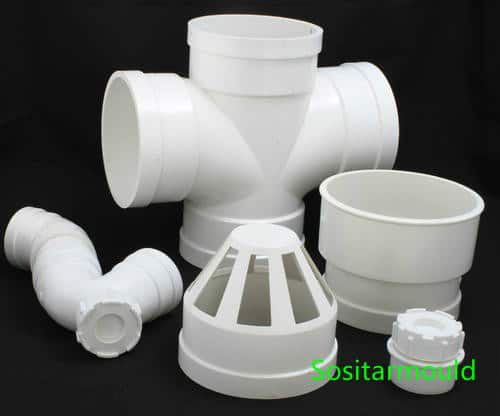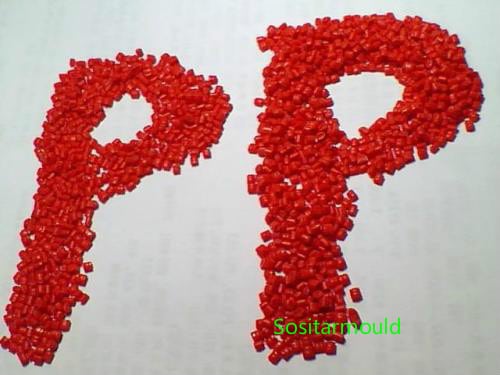Mechanically, PP is stronger, but PE is more flexible and impact resistant. When used to make films, the transparency of PP is better than that of PE, but with regard to sealing temperature and thermal sealing strength, PE gives a better performance. In addition, in terms of temperature resistance, PP is also a better choice than PE; usually, PP is able to withstand the pasteurization temperature.

PE
PE is waxy with a waxy smooth feel. When not dyed, low-density PE (LDPE) is transparent, while high-density PE (HDPE) is opaque.
PE is a highly polymerized chain connected by repeated –CH2– units through the addition and polymerization of ethylene (CH2=CH2). The performance of PE depends on its polymerization method; high-density polyethylene (HDPE) is produced by Ziegler-Natta polymerization under medium-pressure (15-30 atm) organic compound catalytic conditions.
The PE molecules polymerized under these conditions are linear, and the molecular chain is very long, with a molecular weight of up to hundreds of thousands. If under high pressure (100-300MPa) and high temperature (190-210℃) peroxide-catalyzation conditions, low density polyethylene (LDPE) is produced through radical polymerization, which features a branched structure. PE is insoluble in water and has very low level of hygroscopicity. Even for some chemical solvents, such as toluene and acetic acid, it only dissolves slightly at temperatures above 70℃. However, granular PE is able to be melted or solidified with temperature changes between 15℃ and 40℃. It melts and absorbs heat when the temperature rises; it solidifies and emits heat when the temperature decreases. Because of its low level of hygroscopicity, it does not get damp easily, but offers outstanding insulating properties, so it is a great building material.

PP
Typical Applications:
Automotive industry (mainly, PP with metal additives is used: fenders, vents, fans, etc.), home appliances (dishwasher door liners, dryer vents, washing machine frames and covers, refrigerator door liners, etc.), daily consumer products (lawn and garden equipment, such as lawn mowers and sprinklers, etc.).
Chemical & Physical Properties:
PP is a semi-crystalline material, which is harder than PE with a higher melting point. Since the PP homopolymer is very brittle when the temperature is higher than 0°C, many commercial PP materials are random copolymers with 1-4% of ethylene, or clamp copolymers with a higher ratio of ethylene content. PP copolymers are characterized with a lower heat distortion temperature (100℃), lower transparency, lower gloss and lower rigidity, but have a higher impact strength. The strength of PP increases with the increase of ethylene content. The Vicat softening temperature of PP is 150°C. Due to its high crystallinity, this material features excellent surface stiffness and scratch resistance. PP is not subject to environmental stress cracking. Usually, PP is modified by adding glass fiber, metal additives or thermoplastic rubber. The melt flow rate (MFR) of PP ranges from 1 to 40. PP materials with a low MFR feature better impact resistance but lower ductility. For materials with the same MFR, the strength of the PP copolymer is higher than that of the PP homopolymer. Due to crystallization, the shrinkage of PP is quite high, usually between 1.8% and 2.5%. And, its directional uniformity of shrinkage is much better than that of PE-HD and other materials. Adding 30% of glass additives is able to reduce the shrinkage to 0.7%. Both PP homopolymer and PP copolymer materials are resistant to moisture, acid / alkali corrosion, and solubility. However, it is not resistant to aromatic hydrocarbon (such as benzene) solvents, chlorinated hydrocarbon (carbon tetrachloride) solvents, etc. PP is also not as resistant to oxidation at high temperatures as PE.
